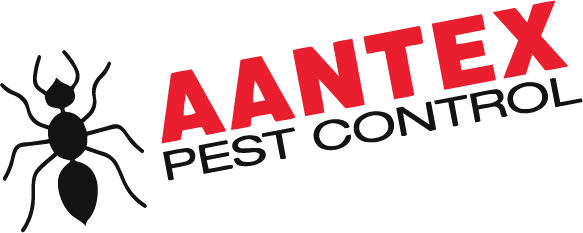Homeownership is a significant milestone, but with it comes a host of responsibilities, including safeguarding your property from pests. Among the most destructive of these are termites. With over 2,000 species identified worldwide, it’s essential for homeowners to be familiar with the types of termites that could be lurking in and around their homes. This extensive guide will cover the common termite species you may encounter, as well as effective prevention and treatment methods.
At Aantex Pest Control, we understand the urgency of pest management and we are committed to bringing you the most comprehensive information to shield your home. For more localized solutions and expert help, visit our site to book a consultation—www.aantex.com.
Understanding the Termites in Your Neighborhood
Termites can be broadly classified into three ecological groups: subterranean, drywood, and dampwood. Each group has unique behaviors and habitats, which affect the damage they can cause and the strategies needed to control them. For instance, subterranean termites typically live in soil, while drywood termites can live in the wood they eat, making them harder to detect and control.
Subterranean Termites
Subterranean termites are the most widespread and damaging termite species. They create their colonies in the soil and build intricate mud tubes to forage for food, typically cellulose-based materials such as wood. Look out for the Eastern subterranean termite, known to be active in wet environments.
Drywood Termites
Drywood termites, as the name suggests, do not require moisture from the soil, as they live within the wood they feed on. These termites can go undetected for a long time, causing severe structural damage to homes. The Western drywood termite is common in the United States and is known for colonizing in dry wood above ground.
Dampwood Termites
Dampwood termites thrive in high-moisture areas and often infest damp or decaying wood. While they are not as common as subterranean or drywood termites, they are considered a significant structural pest when found in homes.
Detecting Termite Infestations Early
Early detection is key in minimizing termite damage. Here are several signs that could indicate a termite infestation:
- Mud Tubes: Subterranean termites often create mud tubes for transport. Look for these structures on the foundation and walls.
- Discarded Wings: Reproductive termites, or swarmers, shed their wings once they find a mate and location to start a new colony.
- Hollowed Wood: Tap on wood surfaces to detect termite damage. If it sounds hollow, termites could be at work inside.
- Frass: Drywood termites push fecal matter, also known as frass, out of their tunnels. Piles of frass are a strong indicator of their presence.
- Noises: Worker termites are noisy eaters. If you put your ear to a piece of infested wood, you can sometimes hear them munching away.
By familiarizing yourself with the signs of infestation, you can catch the problem before it has a chance to escalate.
Protecting Your Home from Termites
There are several steps you can take to protect your home from termites, regardless of the species.
Preventive Measures
- Landscaping: Avoid having soil directly in contact with the wood of your house. Keep trees and shrubs trimmed away from the structure.
- Moisture Control: Fix leaks and ensure proper drainage. Termites are attracted to moisture and can use it as a water source.
- Home Maintenance: Regularly inspect the exterior of your home for cracks and crevices, and seal them with a silicone-based caulk.
- Wood Storage: Keep firewood and scrap wood away from the house and off the ground.
- Inspection: Schedule yearly inspections by a termite professional. Prevention is always better than treatment.
Treatment Options
- Chemical Barriers: Soil-applied liquid termiticides can provide long-term protection against subterranean termites.
- Baits: Termite baits can be used to treat infestations or as a monitoring tool for early detection.
- Fumigation: Tenting and fumigating can be highly effective for drywood termite control, especially for large infestations.
- Heat and Cold Treatments: Non-chemical options like heat or cold treatments can also be effective.
The Role of Professional Pest Control
While DIY methods can be effective to some degree, nothing replaces the expertise and resources of a professional pest control service.
Why Professional Help Is Essential
- Experience: Professional exterminators are experts in termite behavior and can quickly identify the species and the extent of the infestation.
- Tools and Techniques: Pest control professionals have access to specialized tools and techniques to eliminate termite colonies.
- Regulation Compliance: They are also knowledgeable about local laws and regulations, ensuring that the methods used are safe and legal.
- Follow-Up Services: Many professional services offer regular follow-up visits to ensure the infestation has been fully eradicated.
Summing It Up: Termite Awareness Is Key
Termite infestations can be a homeowner’s worst nightmare, causing extensive and often irreversible damage. Understanding the types of termites that can affect your home, detecting signs of their presence early, and implementing a proactive prevention and control strategy is crucial. While there are measures you can take on your own, collaborating with a professional pest control service like Aantex Pest Control can provide a comprehensive defense for your home.
With a wealth of experience and a commitment to personalized service, Aantex is here to be your partner in pest management. Visit our site to learn more about our range of services and to schedule a consultation. Don’t wait until it’s too late; protect your home from termites today.

